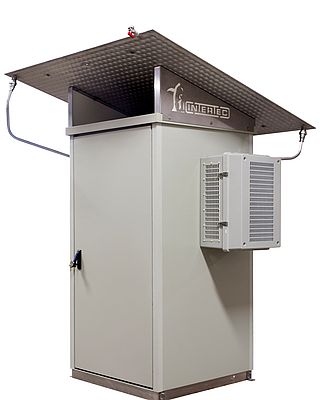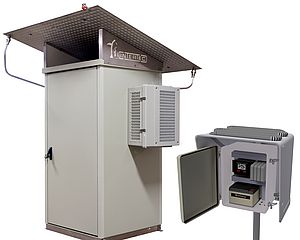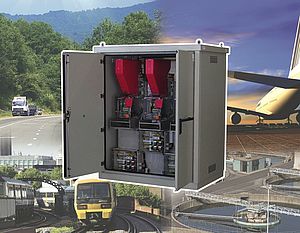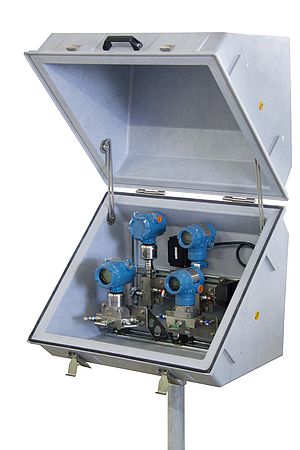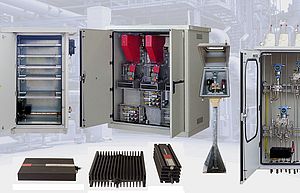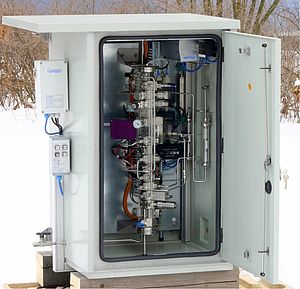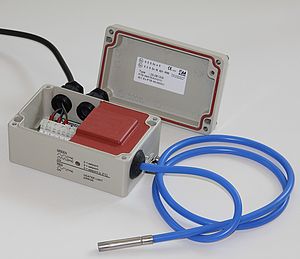Intertec presents a novel new style of outdoor shelter for process plant applications. Featuring a cooling system based on a hybrid combination of unpowered passive and active powered technologies, the shelter helps to ensure stable and highly reliable operating environments for control, analyzer and instrumentation electronics. The new shelters can greatly simplify the operation of field equipment in hazardous and remote areas.
Passive cooling
Passive cooling of field equipment enclosures is an influential weapon in the battle to protect electronics installed in hot and harsh environments. When configuring passive cooling systems there is a need for a fairly large difference between night and day temperatures. This means that passive cooling is usually suited for applications in arid climates. However, by making the passive cooling system hybrid, with the addition of one or more active powered cooling elements, it's possible to create semi-passive shelters that can be used in many different climates - even equatorial regions. If an active cooling element should fail for any reason - because of an electrical power loss for example - the passive cooling system retains enough capacity to keep the shelter cool for days, giving maintenance staff plenty of time to visit.
Passively cooled shelters work by exploiting the temperature swing over the climate's daily cycle. A buffer tank of water or other fluid provides the medium to store the coolness of the night and moderate internal temperatures during the day, via heat exchangers. Hybrid cooling can be achieved by additions such as solar-powered micro pumps to boost water circulation, or if mains electricity is available, by using a water chiller or air conditioner. Passively cooled shelters can also be made significantly smaller and lower cost by making them hybrid.
A new concept
Intertec's hybrid shelter cooling concept is being demonstrated using a model with LED lighting effects that illustrate the natural circulation principle of passive cooling systems. Intertec's demonstration model also illustrates a radical new form of shelter configuration that can dramatically reduce plant building sizes, and greatly simplify construction and installation. Known as the Peri Shelter, it makes all the system components that are required for normal operation accessible via the building's exterior. Panel-mounting enclosures on the exterior provide access to electrical connection and I/O termination points, and cooling systems. Touchscreen HMI panels can also be fitted to external walls, allowing operators on the ground to monitor a control element such as a PLC or make adjustments to control programs locally via an inspection door.
Among many design problems and costs that can be avoided by the Peri Shelter's 'inside out' approach to layout are the need to make plant buildings blast proof and fire resistant because personnel might be inside, major reductions in size by eliminating desks, control panels, door opening spaces, aisles/walkways/escape routes etc, and much simpler internal atmospheric control requirements.
Intertec's Peri Shelter concept meets a growing problem faced on process automation projects. Automation systems are becoming more complex, due in large part to ever more sophisticated safety technology. Adding such equipment into already crowded plant areas - often close to the process in hazardous areas - has become a major challenge and a major contributor to project cost overruns.


